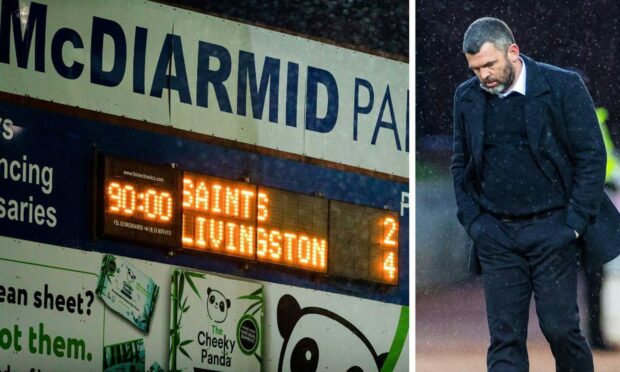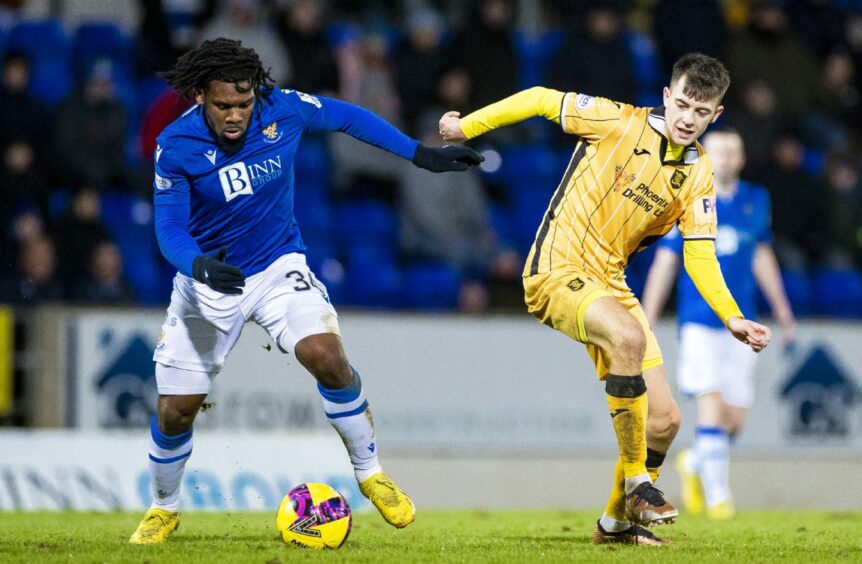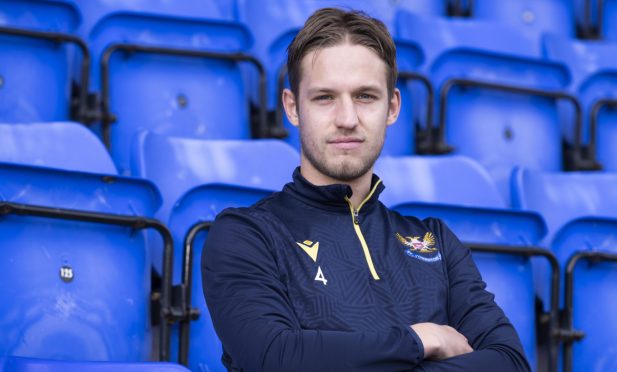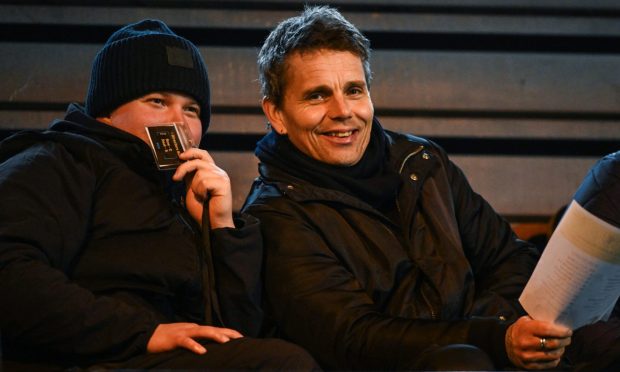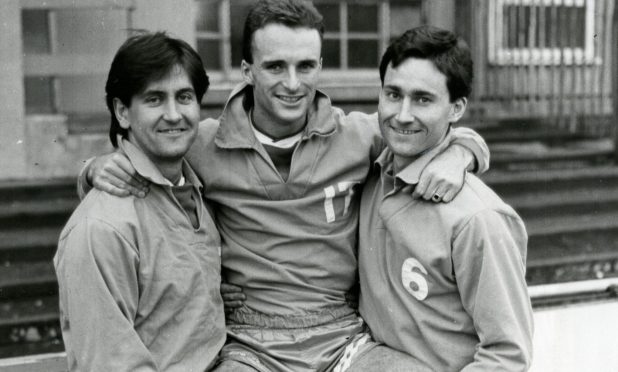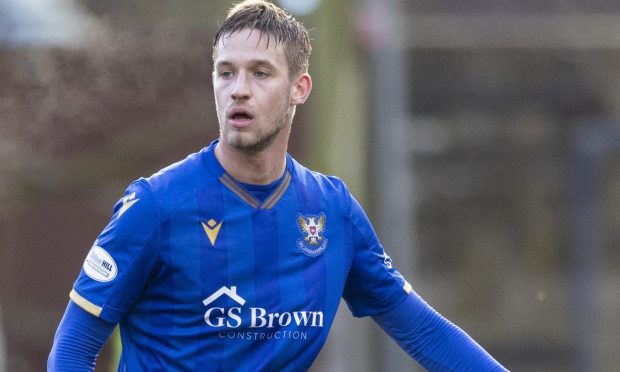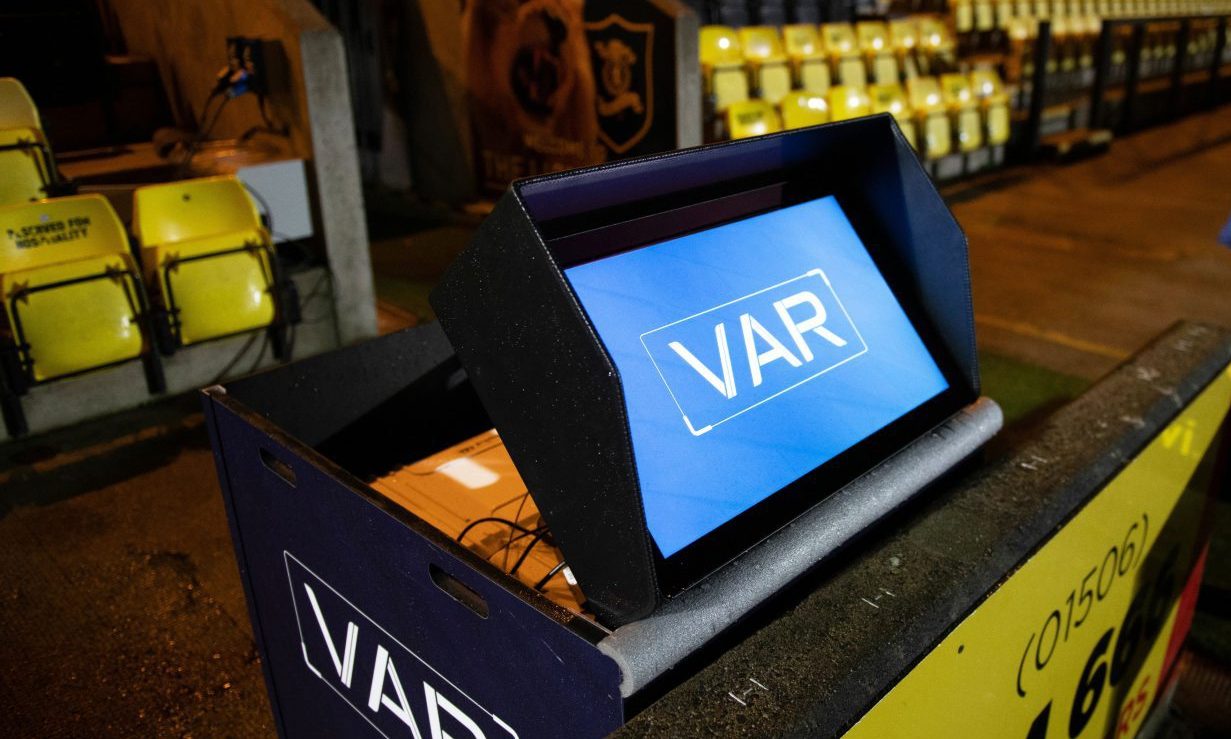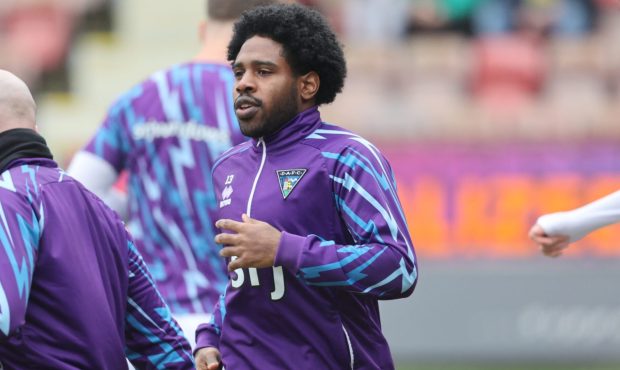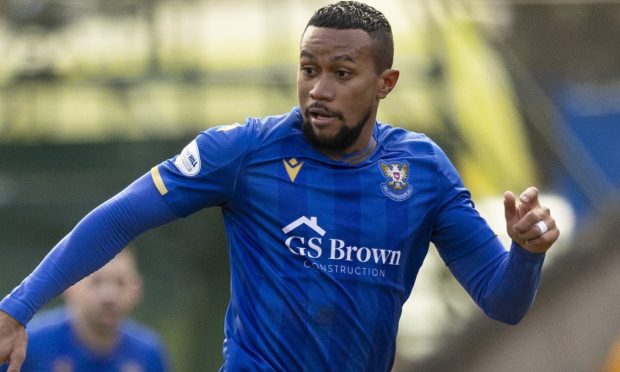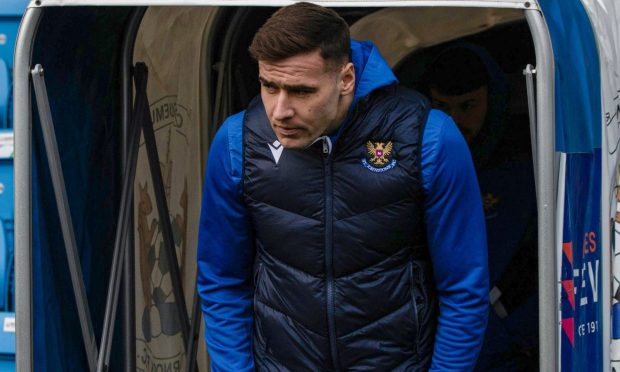St Johnstone’s season hit a new low between 3pm and 3.45pm on Saturday.
The Perth side produced an abject first half performance against Livingston to go into the break three goals down.
Yes, the second period was much better, but it will be lost in the broader narrative.
On and off the field, the McDiarmid Park club needs to sort itself out.
Courier Sport assesses both sides of the coin.
On the pitch
It was only a month ago that St Johnstone were a top six side with genuine aspirations of qualifying for Europe.
That’s not revisionist history, it’s a fact.
In their first game back after the World Cup break in Dingwall, albeit against 10 men for the last half hour, they were able to cope with the loss of several key players and win.
A (palatable) loss at Celtic Park that followed was nothing to worry about.
But what has happened since undoubtedly is.
Who takes the greater responsibility – players or manager – will forever be an inexact science at times like these.
The vicious circle has formed.
You can only analyse what you see on a match-day, not what’s happening on the training ground or being said in a dressing room, but there appears to be two over-arching issues that form the blanket which covers the four defeats to Hearts, Dundee United, Aberdeen and now Livingston.
The first one is team selection.
As long as the game is played, there will never be a more crucial part of football management.
Callum Davidson has been famously hard to second guess on that front as long as he’s been in charge, with some of his boldest calls (the 2021 cup games) being his best.
Habitual poor first halves are proof of starting eleven choices that aren’t working in 2023, though.
He has too many options in midfield. That has been a hindrance rather than a help.
The two central midfielders who have played the best – Cammy MacPherson and Dan Phillips – were both left out on Saturday.
That moves us onto the other major issue – the alarming drop in intensity.
MacPherson and Phillips (and others) brought it in the second half against Livingston.
Saints also showed they can lift their aggression levels when they were chasing the game versus Hearts.
But the passivity of the first half at the weekend was on a par with last season’s home horror show in the meek defeat to St Mirren.
That’s not a comparison any St Johnstone team wants drawn.
It was alarming to see crossers and attacking midfielders making runs into the box, not being closed down or tracked.
The solution?
You couldn’t say there are 11 ‘form’ players available at present, that’s for sure.
But if Davidson picks the ones closest to that description, puts them in a system that best suits them and they press, tackle and run off the ball with the sort of zeal they have shown they are capable of, the bleeding can be stopped before this becomes relegation battle, the sequel.
Off the pitch
It’s impossible to gauge whether disenchantment among the fanbase at the Rangers tickets and stands episode has had any impact on what the St Johnstone players are doing on the pitch.
Probably very little, if anything.
Professional footballers have separated themselves from far bigger off-field issues than this one.
But what is beyond doubt, is that the disenchantment is real.
Call it a boycott, call it just not bothering – either way there aren’t going to be many paying Perth supporters in their own ground when Saints face Rangers in the Scottish Cup on Saturday evening.
There’s every chance it will be less than 500.
Put it this way, you’d have no problem filling three stands with locals who think the whole thing has been a PR disaster of the club’s own making.
Well over a fortnight since the seven-paragraph “Scottish Cup Update – Rangers Game” announcement was made, the first team head coach remains the only person who has publicly spoken about it.
That simply shouldn’t happen.
Silence is not golden.
On a broader point, St Johnstone – the hierarchy, not the football management – pulled up the communications drawbridge in the wake of Tommy Wright’s departure.
It’s not a PR strategy unique in the game – or, indeed, unique in the Scottish game – but it is one that has never ended well.
It’s one you would never have associated with this club.
And it’s one that doesn’t reflect how it sees itself, namely as a community institution.
The recent departure of John Mahon takes it close to a full 11 of players I’ve never had the opportunity to say so much as a ‘hi’ or ‘bye’ to over the last couple of years (Efe Ambrose, Eetu Vertainen, Nadir Ciftci, Viv Solomon-Otabor, Jahmal Hector-Ingram, Charlie Gilmour, Max Kucheriavyi and Theo Bair are the others, if you’re interested).
An in-house first policy might not be at the top of the problems confronting St Johnstone (up for sale, remember) just now but it isn’t compatible with making sure supporters feel like they’re being included.
‘Lost its soul’ would be an unfair exaggeration – this is a club that gets plenty of things right, how else would they still be punching above their weight and piling up money in the bank after all these years?
But ‘lost its way’ wouldn’t.
